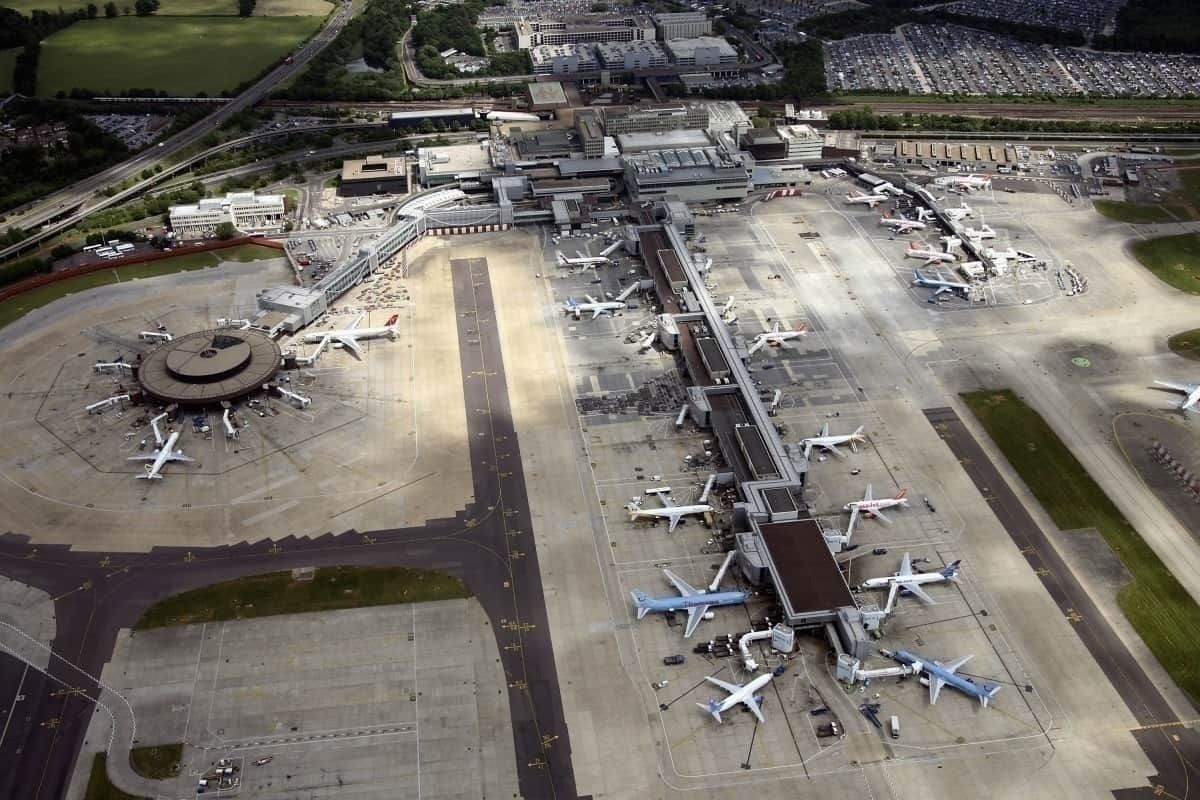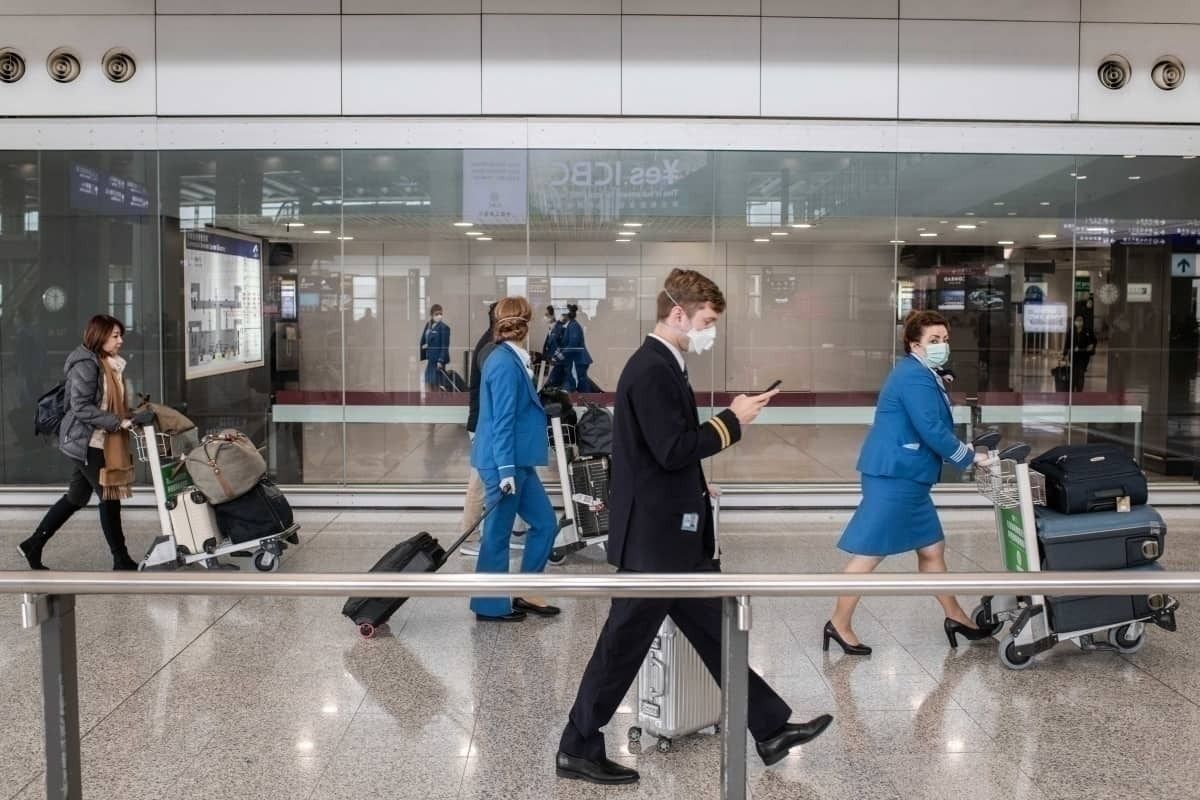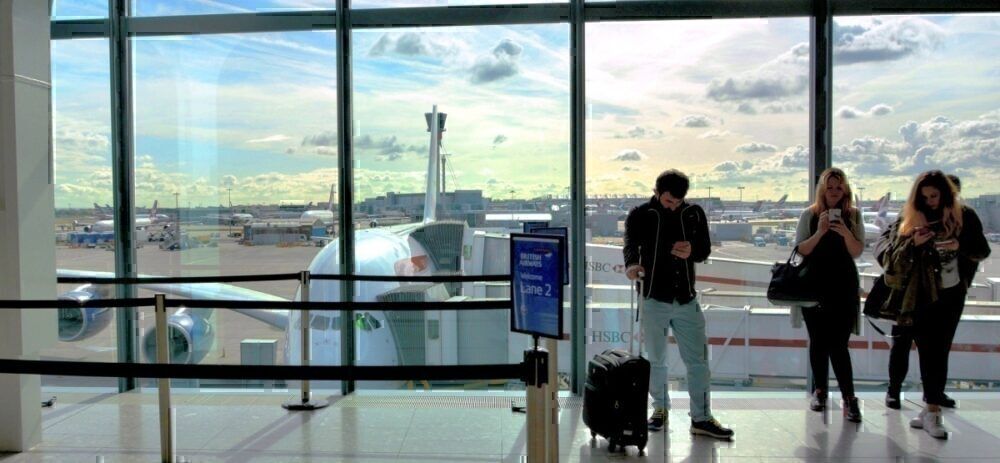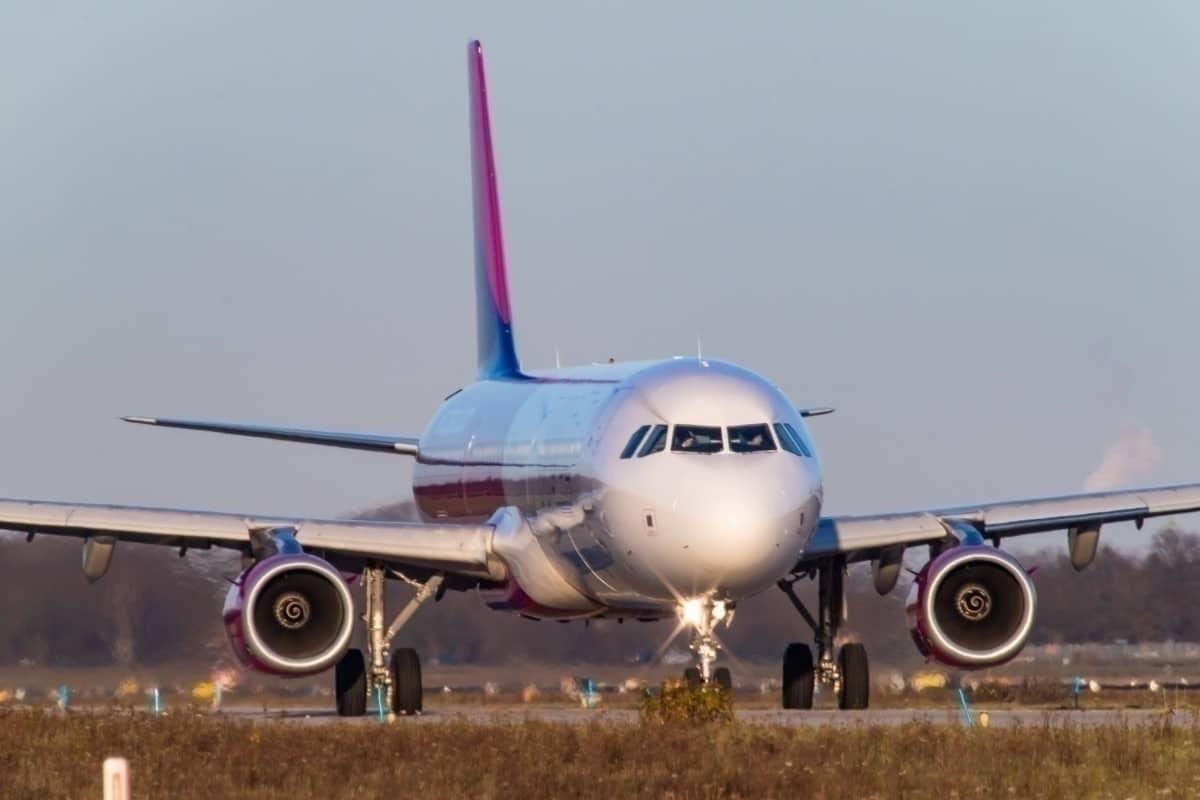Last month, European airports lost over 50% of their normal passenger traffic. In just 31 days, passenger figures were down by more than 100 million customers and the months ahead continue to present worrisome figures for airports.
106 million passengers lost in March
Many have compared the current state of the economy to the global financial crisis of 2008. It is thought that the coronavirus aftermath will create a similar economic fallout to that which happened 12 years ago. However, it's now becoming apparent that the coronavirus pandemic could turn out to be far more severe than what was experienced in 2008. The evidence of this is already present in airports throughout Europe.
In March this year, airports in Europe lost 106 million passengers which represents a 59.5% decrease in footfall compared to a normal month outside of the pandemic. This figure demonstrates just how quickly the world responded to shutting borders and how passengers became aware of their need to travel for under essential circumstances.
It took just 31 days for airports to lose this volume of traffic which has caught many by surprise. In contrast, during the global financial crisis, 12 months elapsed before footfall dropped by a similar amount.
The entire month of March was hampered by consistent falls in flights and passengers. At the start of the month, Eastern European airports had experienced a 6% year-on-year (YOY) decrease in footfall. Southern Europe, including Spain, Italy, and Greece, experienced a 17% year-on-year decrease.
Fast forward to the middle of March, those numbers were 65% YOY decrease in Eastern Europe and 61% YOY decrease in Southern Europe. That was on 15th March. By the 22nd March, airport traffic was down 90% in Eastern Europe and 92% in Southern Europe.
Many of those who continue to fly at the moment are also likely to stop, painting a grim picture for the months ahead.
Ghost airports set to lose even more passengers
The types of passengers still traveling to Europe's airports suggest that traffic will decrease even further. At the moment, the majority of those who fly are on repatriation flights and a lot of the aircraft that come into airports are cargo flights.
However, many of the repatriation flights will soon stop. On Friday 3rd April, Reuters reported that the EU needed to repatriate around 250,000 additional citizens whilst 350,000 had already been rescued. Once those passengers are home, many people will be playing a waiting game until borders reopen and the threat of coronavirus diminishes before they fly again.
For airports and their services, the decrease in footfall has represented a significant loss in revenue. Many shops including those at Amsterdam Schiphol Airport and Copenhagen Airport, for example, have shut. At Heathrow, just two shops are listed on its website as being open for essentials.
Should airports still stay open?
Eventually, there will be just a tiny percentage of passengers left at Europe's airports whilst the COVID-19 pandemic continues. Conservative estimates suggest that 873 million passengers in Europe could be lost over the course of the coronavirus. Whereas others suggest that airports could be deprived of 1.2 billion customers for the duration of this crisis.
Operating when there are very few people to service does beg the question: should airports stay open?
In fact, some airports in Europe have already closed due to a lack of traffic. Dubrovnik Airport, Rome Ciampino Airport and all commercial airports in Portugal are some of the few. So, does it make sense for the rest to stay open?
Well, of course, those who do continue to travel need a place to go. WizzAir, for example, still runs two daily flights between Budapest and London. It has clearly seen a need to continue this high volume of flights despite the crisis even though it reported a 50% decrease in passengers in March 2020 compared to the previous month.
Time will tell and surely dictate exactly what trajectory airports in Europe need to follow to keep themselves in operation post-coronavirus.
Do you think European Airports should remain open? What do you make of this story? Let us know your thoughts in the comments.




